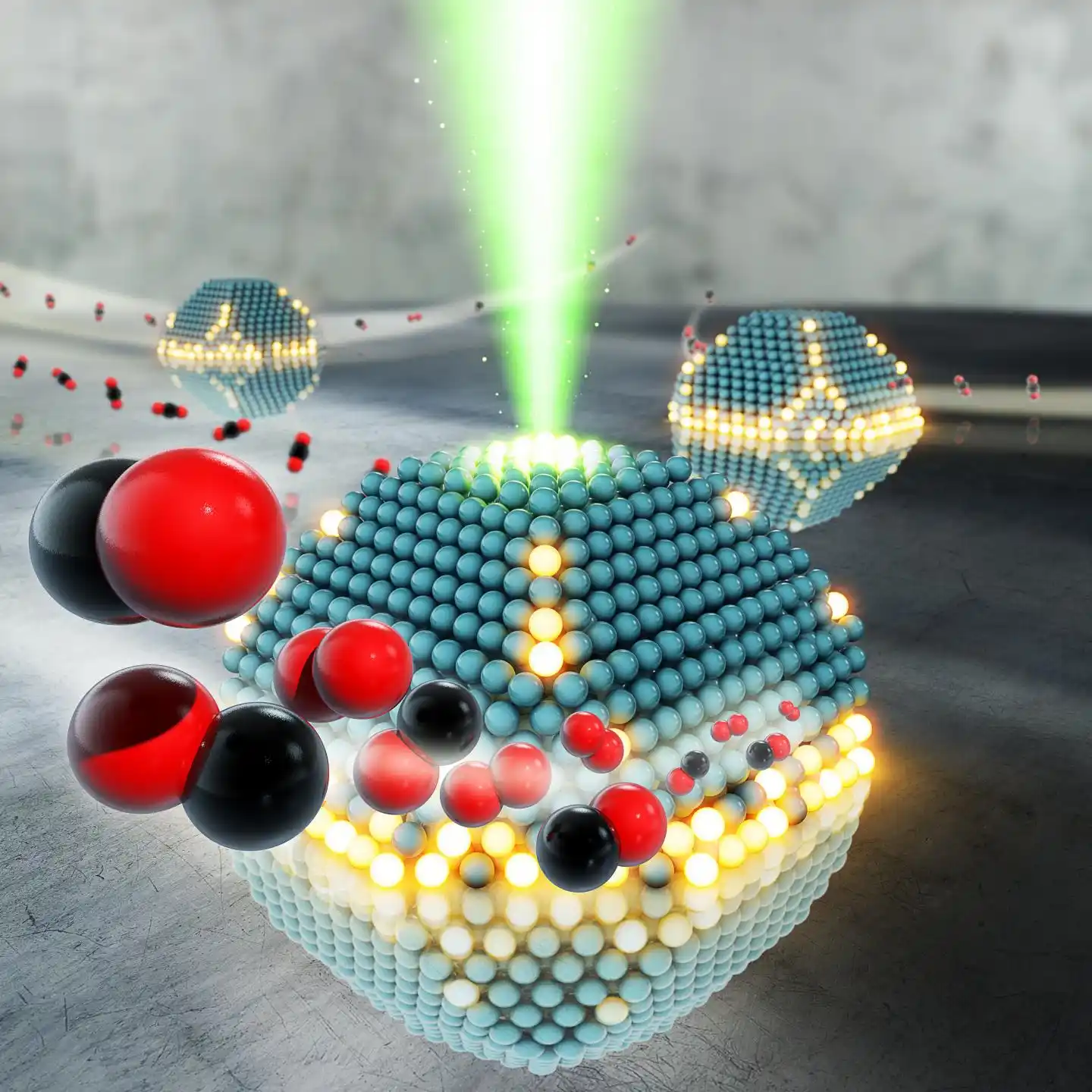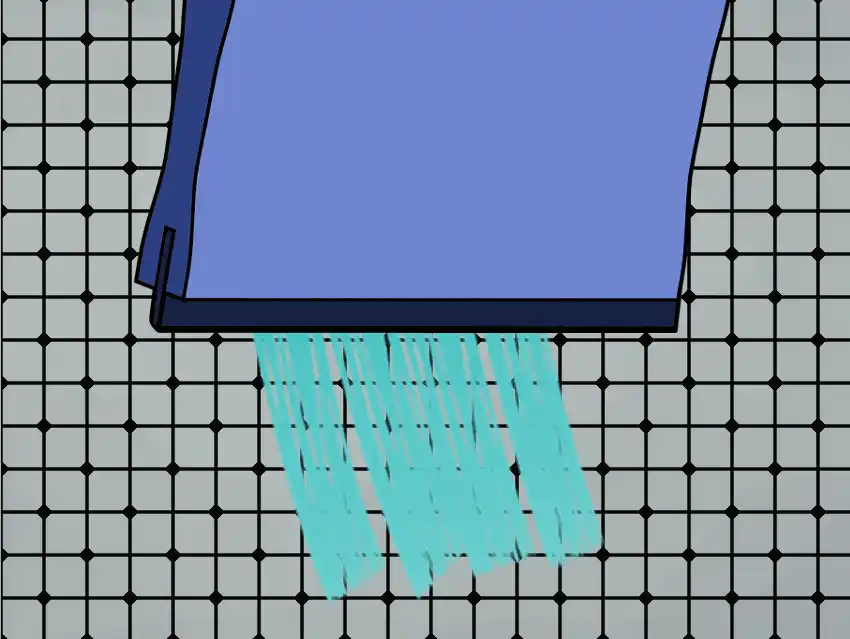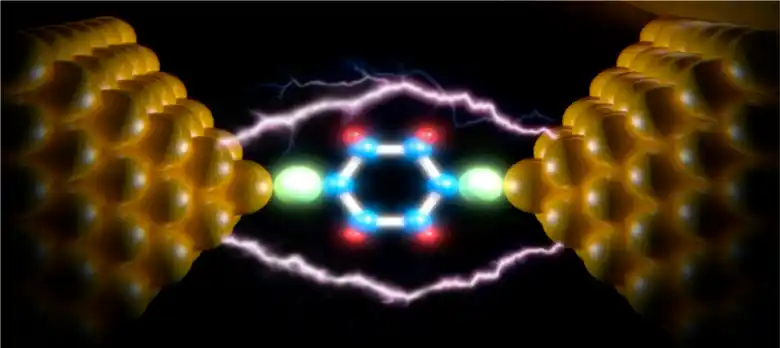افشین رشید
اُستادیار ؛ عضو هیات علمی دانشگاه آزاد اسلامی واحد علوم و تحقیقات تهران
615 یادداشت منتشر شدهMolecular Nanoelectronics and Nanobiosips (Nano Biosip) in The Transport of Molecules and Nanoparticles

Note : In the dynamic process of sorting and precise positioning of nanoparticle biomasses into predefined microstructures is crucial, however, it is a major obstacle to the realization of surface-sensitive nanobiosensors and practical nanobiochips.
A scalable, widespread, and non-destructive trapping method based on dielectric forces is highly needed for the assembly of nanoparticles and nanobiosensing devices. Here, we present a vertical nanogap architecture with an electrode-insulator-electrode stack structure. Facilitate the generation of strong dielectric forces at low voltages, for precise capture and manipulation of nanoparticles and molecular assemblies, including lipid vesicles and amyloid beta fibril proteins/oligomers. Our vertical nanogap platform allows low-voltage capture of nanoparticles and capture in optical dimensional designs, providing new opportunities for the fabrication of advanced surface-sensitive sensors.

Nanobiosensors are emerging as a powerful alternative to conventional analytical techniques, as nanosensors enable highly sensitive, real-time, and high-frequency monitoring of contaminants without extensive sample preparation. Nanobiosensors are integrated into small devices for rapid screening and monitoring of a wide range of contaminants. Since a nanobiosensor is an analytical device, used to detect a chemical, it is a combination of a biological component with a physicochemical detector. The sensitive biological element , e.g. tissue, microorganisms , etc., is the material component or biomimetic that interacts with the nanoparticles.

A biosensor typically consists of a bioreceptor (enzyme/antibody/cell/nucleic acid/aptamer), a transducer component (semiconductor/nanomaterial), and an electronic system that includes a signal amplifier , processor, and display. The transducers and electronics can be combined , for example, in CMOS-based microsensor systems . The detection component, often referred to as a bioreceptor, uses biomolecules from living organisms or organisms modeled after biological systems to interact with the analyte of interest. This interaction is measured by a transmembrane transducer that produces a measurable signal proportional to the presence of the target analyte in the sample.
Conclusion :
In, the dynamic process of sorting and precise positioning of nanoparticle biomasses into predefined microstructures is crucial, however, it is a major obstacle to the realization of surface-sensitive nanobiosensors and practical nanobiochips.
Collection of Nanoparticles and Nanobiosensing Tools for Use in The Nanoparticle and Nanoelectronics Simulation Process
Investigation of a Scalable, Widespread, and Non-Destructive Trapping Method Based on Dielectric Forces for Collecting Nanoparticles and Nanobiosensing Devices